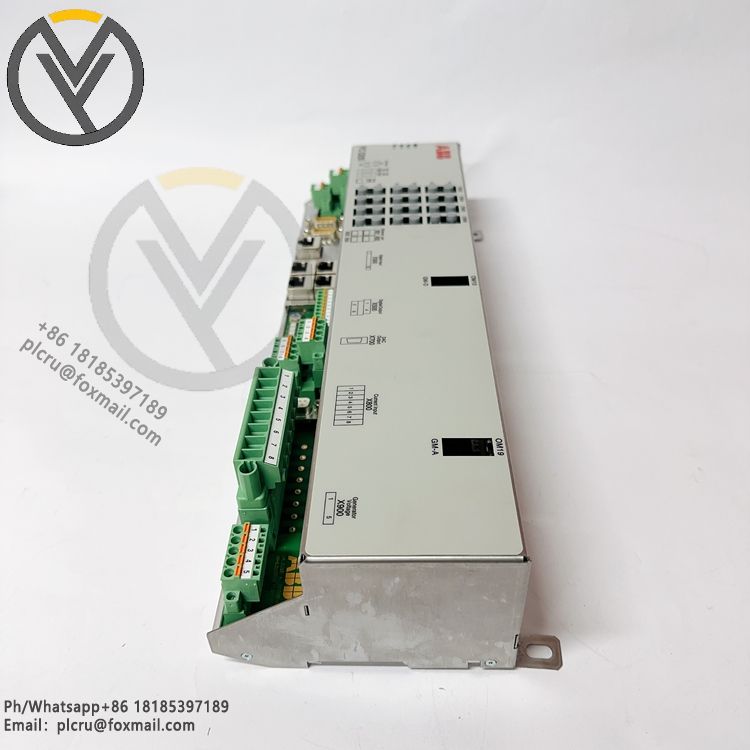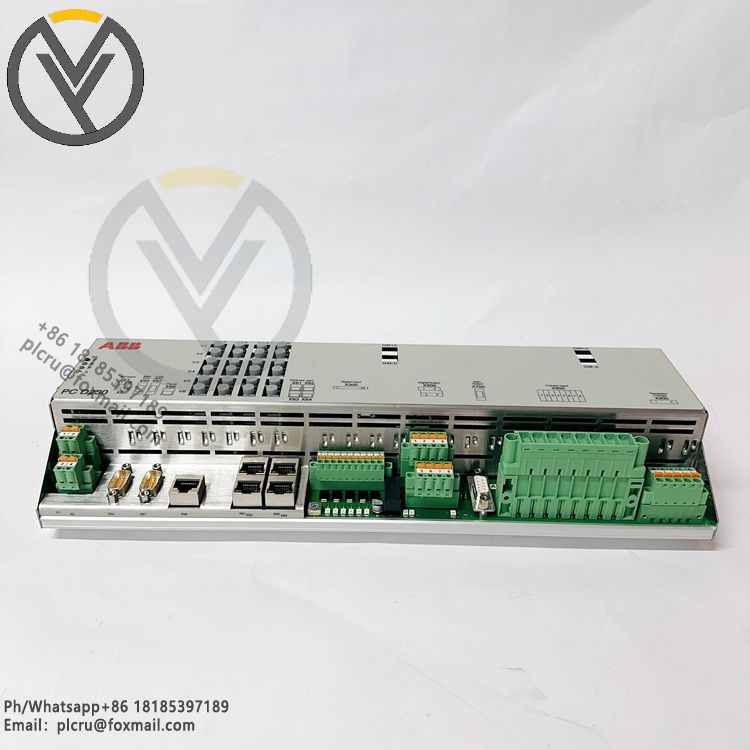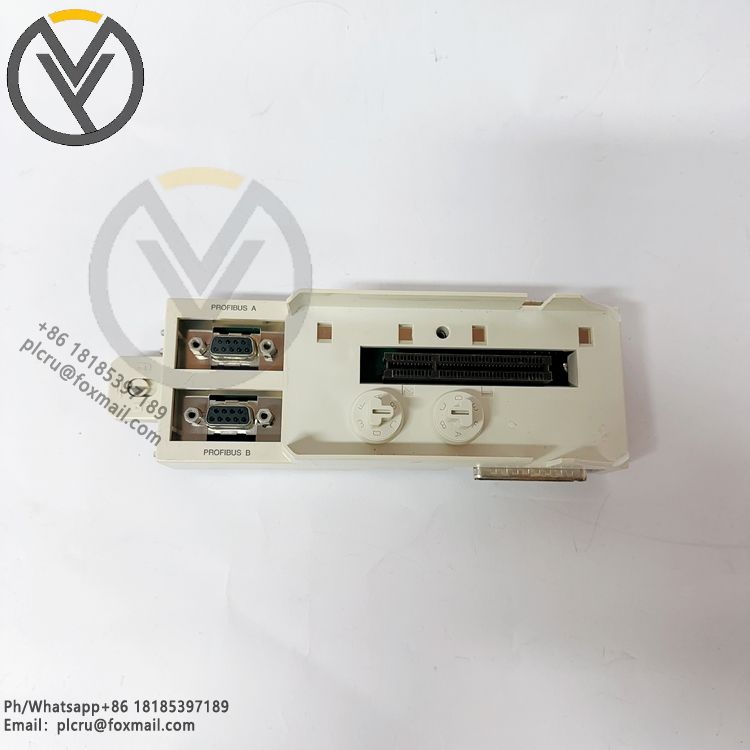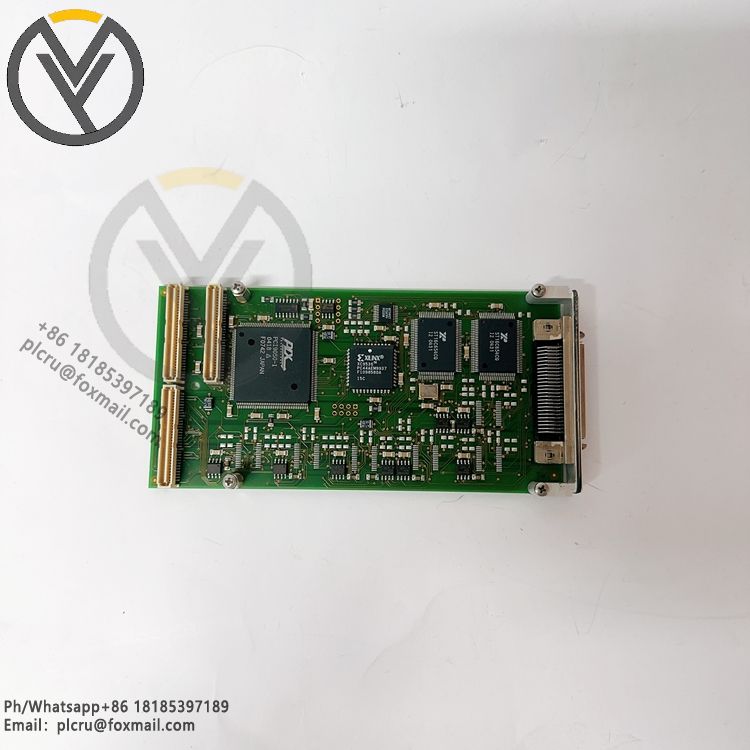ABB PCD230A101 3BHE022291R0101 Excitation controller module
The ABB PCD230A101 with the part number 3BHE022291R0101 is an excitation controller module originally produced in Sweden. It is a member of ABB's PCD200 series and also belongs to the AC 800 PEC product family, which is specially designed for static excitation systems and can be perfectly integrated into ABB's Unitrol® excitation systems. As a high-performance communication control and measurement module, it is committed to undertaking core tasks such as excitation control, system state monitoring and inter-device communication in industrial automation scenarios, and has been widely used due to its high reliability and stable operation performance in harsh environments.
This module adopts a 3U eurocard form factor and is installed on a 35mm DIN rail, which allows for quick assembly and layout in industrial control cabinets and is convenient for later maintenance and replacement. Its physical dimensions are approximately 373mm in height, 142mm in depth, and 73.5mm in width, and its weight is about 1.5kg, making it compact and easy to fit into various control cabinet spaces. It has a protection level of IP30, which can effectively block the intrusion of small solid particles, adapting to the dusty working conditions common in industrial sites.
- Power Supply: The module supports dual-power redundancy input, which greatly improves the stability of the power supply system and avoids system downtime caused by single power supply failure. The input voltage ranges from DC 9V to 36V, with a typical working voltage of DC 24V, and its power consumption is less than 4W, showing excellent energy-saving performance.
- Processing and Storage: It is equipped with a high-performance processor adapted to 50 - 60Hz working frequency, and supports 128 - 256Mbyte DDR memory. This configuration enables the module to efficiently process complex excitation control algorithms and large amounts of real-time on-site data, ensuring the timeliness and accuracy of control decisions.
- I/O and Alarm Output: It is equipped with multiple input and output interfaces that are compatible with various signal types to meet the connection needs of different sensors and actuators. The relay alarm output has a contact capacity of DC 48V/1A, which can promptly send out alarm signals when faults such as optical fiber link failure or power supply failure occur. In addition, the module's output current can range from 0A to 10A, and the response time is less than 1ms, which can quickly respond to control instructions.
The module has excellent environmental adaptability to cope with the complex and variable working conditions of industrial sites. Its operating temperature range can reach -65°C to 85°C, and it can work normally in an environment with a relative humidity of 10% - 95% without condensation. In terms of anti-vibration and anti-shock performance, it can resist 0.5g RMS vibration in the frequency range of 10 - 500Hz and 5g, 11ms half-sine shock, which ensures that it can maintain stable operation when the industrial equipment vibrates during operation. At the same time, it complies with EMC standards such as EN 61000 - 6 - 2 and EN 61000 - 6 - 4, and has strong anti-electromagnetic interference capabilities.
- Diversified Communication Support: It covers a variety of mainstream industrial communication protocols, including MODBUS, PROFIBUS, PROFINET and Modbus TCP, and is equipped with corresponding communication interfaces such as Ethernet. This allows it to seamlessly connect and exchange data with PLC, DCS and other control systems, and also provides convenience for users to carry out remote monitoring and parameter adjustment. Some versions can support up to 32 communication ports, further expanding the module's ability to connect with multiple devices.
- Comprehensive Control and Maintenance Functions: It can flexibly realize logic control, sequence control and closed-loop control, and can accurately regulate the excitation current and voltage in the excitation system. It can also monitor parameters such as temperature, pressure and flow on the production site in real time and carry out corresponding process control. In addition, the module is designed with diagnostic indicator lights to intuitively display the operating status and help quickly locate faults. It also supports hot-swapping, which allows for module replacement without shutting down the system, effectively reducing maintenance downtime.
This excitation controller module is widely used in many industrial fields. In the energy industry, it is applied to the automation control of power generation and power transmission and distribution links, helping to stabilize the operation of the power grid; in the manufacturing industry, it is used for the control of production lines and robots to improve production efficiency and operational stability; in the chemical, petroleum and pharmaceutical industries, it undertakes the process control tasks in the production process to ensure the safety and continuity of production; it can also be integrated into building automation systems to assist in the control of building security and other systems.





Related products









